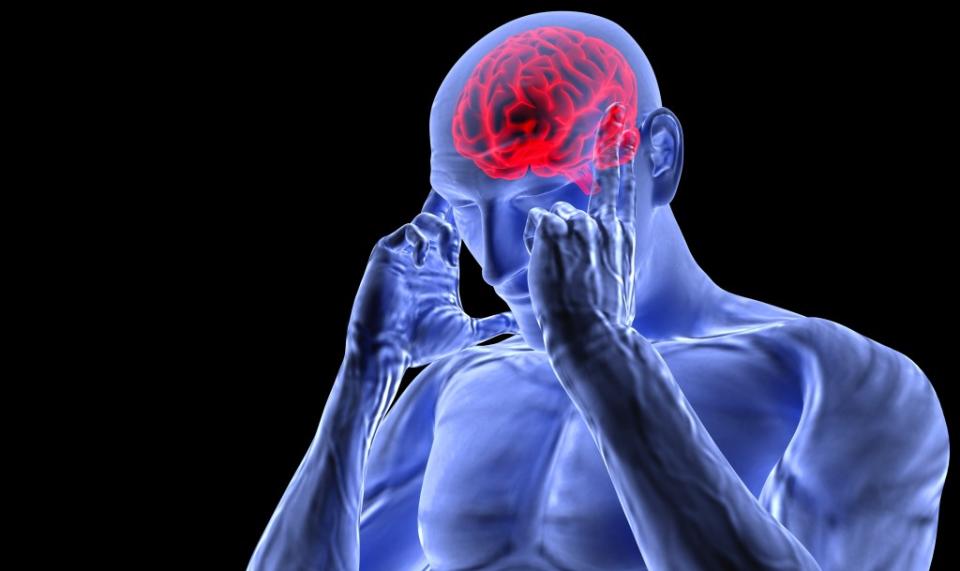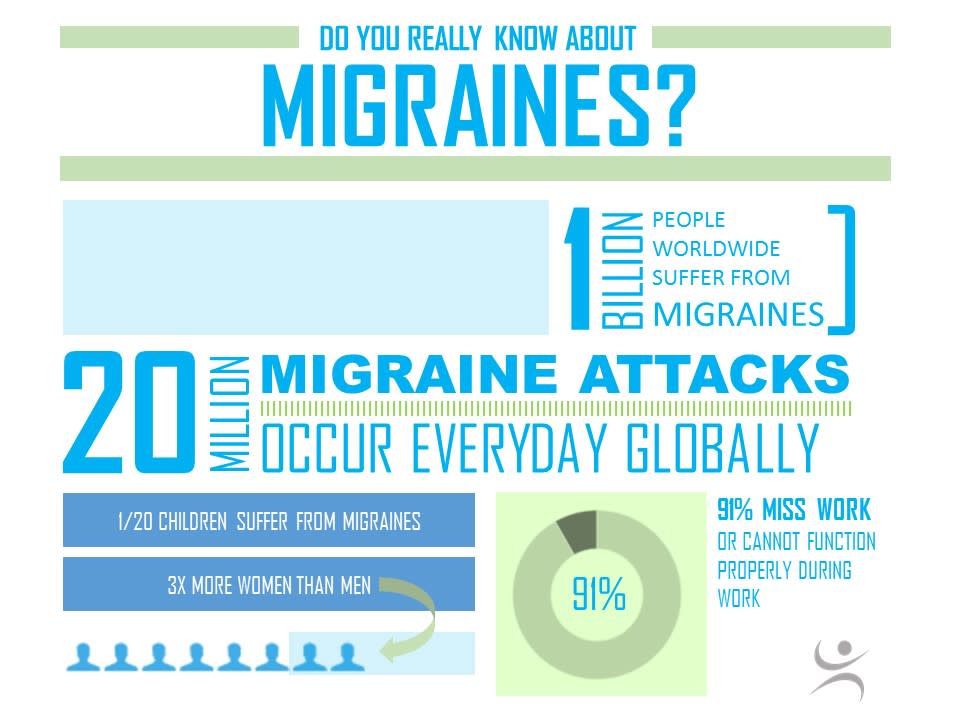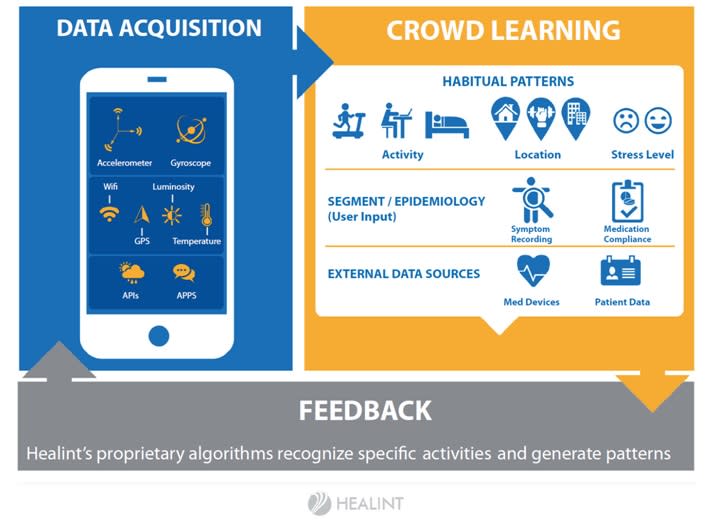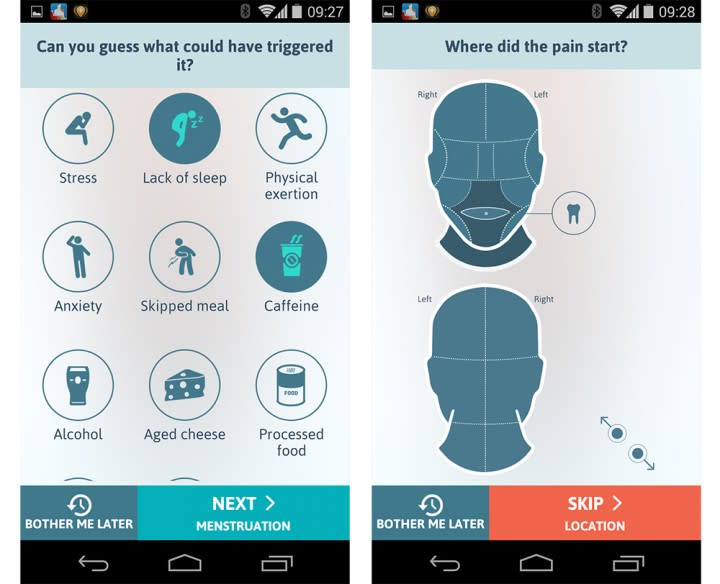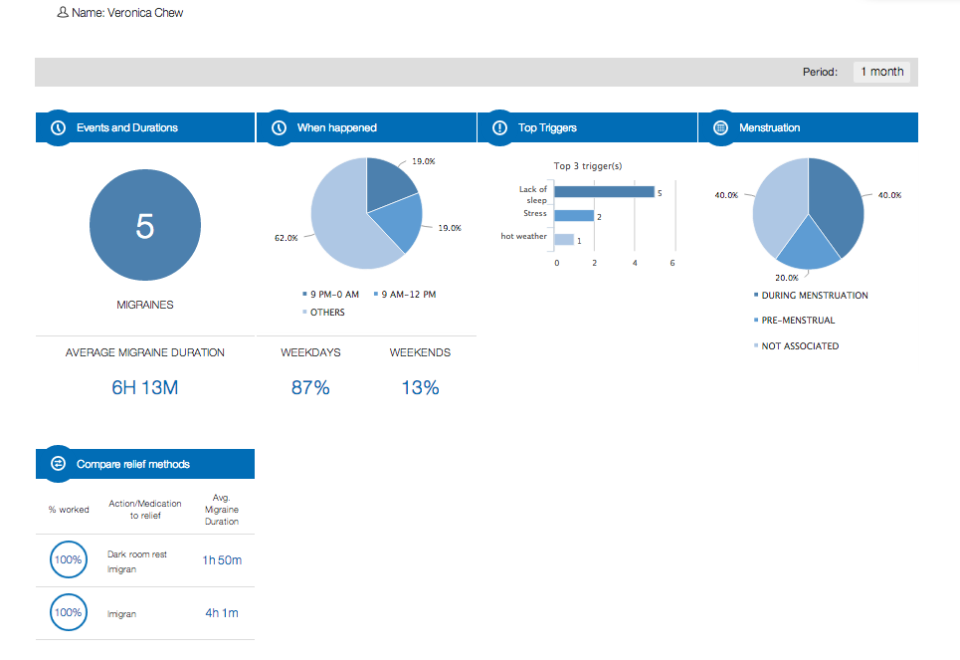Always Getting Headaches? Here’s Why You Should Really Take Them Seriously.

Are you experiencing headaches all the time? Ever felt like taking leave from work but did not know how to justify a ‘simple headache’? You could be experiencing migraine (and be in serious need of help).
Image Credit: theepochtimes
Migraine is a throbbing recurrent headache often confined to one side and accompanied by symptoms such as nausea, vomiting, and sensitivity to light, noise and smell. Contrary to what some may believe, it is not just a bad headache, but really a neurological disorder like epilepsy. As with most other such disorders, monitoring of the condition is key in determining its severity and what causes it.
Image Credit: Chicago Sports and Spine
Most people, however, generally have difficulty remembering events that happened months or even weeks ago. Even with a diary (including electronic ones), there is much dependency on patients themselves to keep track of their behaviour. This may prove difficult and ineffective as patients will need to be constantly aware of not only what is happening within, but also around themselves every single day due to the nature of factors contributing to migraine.
Fortunately, one company has picked up on this and has let migraine sufferers know that they are not alone. Healint, a healthcare analytics company in Singapore, has been using information sourced simply from mobile phones to improve patients’ lives. Their latest offering, Migraine Buddy sets itself apart from other migraine apps in the market by taking into account not only active input keyed into the app by users themselves, but also passive context and behaviour data gathered by the mobile device and/or wearable sensors.
Behavioural habits, such as sleep and activity patterns, are deduced to correlate with the onset of migraine events. For example, by using information derived from the GPS and gyroscope, it tracks how far users travel to their daily destinations as well as the level of activity involved in the process. Its connections with other data sources that monitor environmental conditions such as the weather, Air Pollutant Index and also the temperature of the mobile device itself enables the app to include external factors that may contribute to migraine into the equation.
Also read: Health is a magic word: why ignoring the Apple is getting harder.
All this information is stored safely in the cloud with personal identifier information in a separate server for added privacy. This means that users’ data are always backed up and easily retrievable without being tied to any one mobile device.
The user interface is pretty intuitive, using practical guided questions in a neat graphical format that’s convenient and easy to use requiring only tap and slide motions. This means that even the older generation can learn to use it in a relatively short period of time.
Perhaps the strongest point about the app is its integration with a physician interface platform, allowing doctors access to their patients’ progress in real-time. This allows for better interventions to be made on time as doctors would know about their patient’s condition even before a follow-up visit is made. Overall, both parties win as patients’ can be assured of more accurate clinical advice and doctors are able to improve on efficiency and save time apart from saving lives as well.
With such practicality and ease-of-use, Migraine Buddy may motivate patients to record their symptoms and events more instead of merely resorting to popping pain-killers everytime. The guided informative process as well as affirmation derived from being connected to a doctor also reduces the stigma some migraine sufferers may have and increases understanding of their condition which they can then share with others. It provides for an objective way of showing whats wrong to not only doctors but also employers to account for changes in work productivity.
At present, the system is being used in Singapore at both public and private hospitals such as the National University Hospital and Mount Elizabeth Medical Centre. This is done via collaboration with neurosurgeons and neurologists like Dr. Michael Yap. The company also plans to expand its coverage across the causeway to Malaysia sometime soon. In the meantime, users outside of Singapore may look out for the lite version of the app (minus the physician interface platform) that is currently in the works.
Also read: SCiO, Meet The Future Of A “Human” Touch
The post Always Getting Headaches? Here’s Why You Should Really Take Them Seriously. appeared first on Vulcan Post.


